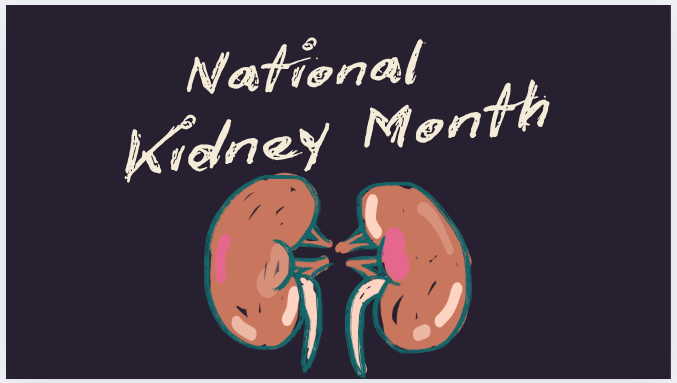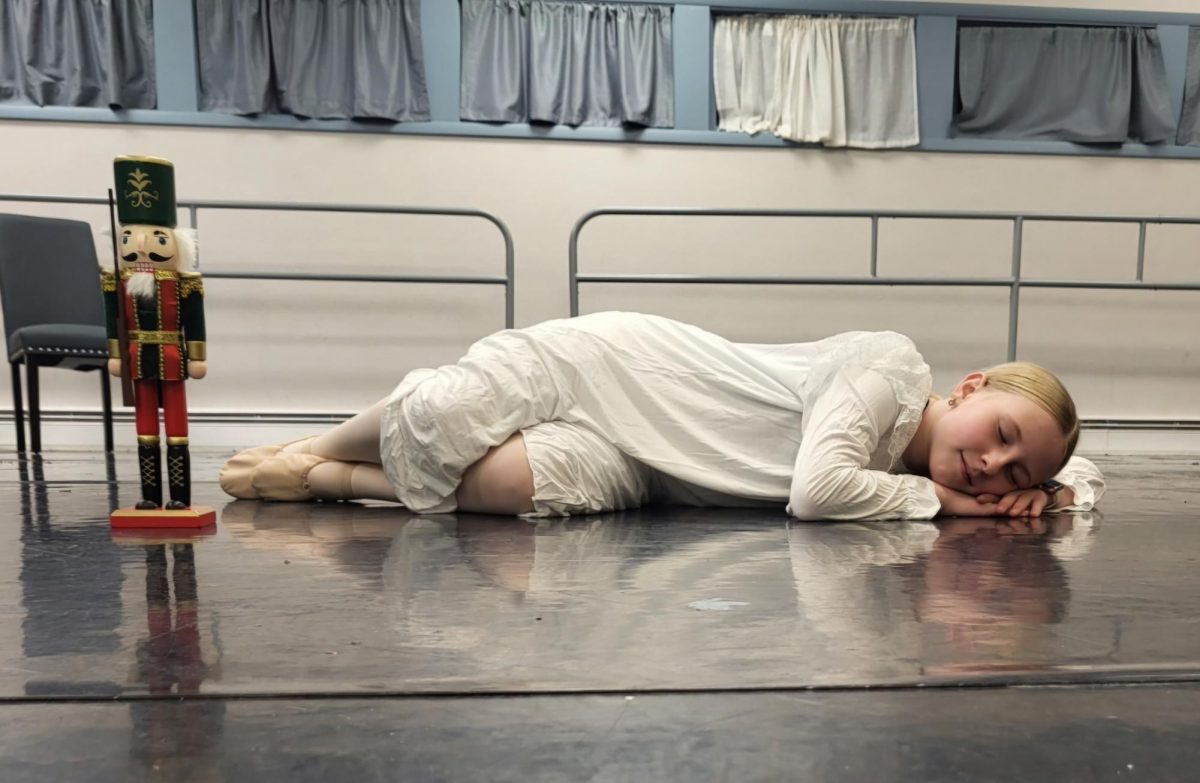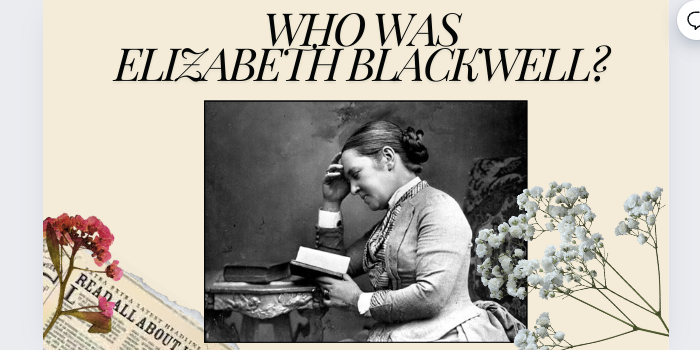Valentine’s Day is an important day for everyone to express their love and friendship towards other people. But what really is “Valentine’s Day”? The first things that come to mind are sweets, chocolates, gifts, declarations of love, red hearts, love songs, couples, and groups of friends everywhere going out and having fun.
The origins of the tradition can be traced back to the third century, when Christianity spread rapidly throughout the Roman Empire. Roman leaders made attempts to put an end to this new faith which threatened the Empire’s stability. This was when the tradition of three Roman martyrs named Valentine appeared.
There are many stories about this celebration; one of them includes the Saint Valentine of Rome. Saint Valentine was a Roman priest who spiritually accompanied the Christians who had fallen prisoners in the persecutions against the practitioners of this faith; he helped them prepare for martyrdom and death.
Another version of this tale states that it was a priest who was dedicated to marry couples secretly. This was bad because Roman authorities forbade young soldiers’ marriage because they believed they would be better fighters if they had no family ties. When he was discovered, Valentinus was subjected to martyrdom and finally beheaded.
A third version tells us the priest Valentine was imprisoned and fell in love with the daughter of his jailer, to whom he dedicated a passionate love letter that he signed as “from your Valentine,” which would become the origin of the tradition of sending love letters and postcards exchanged by lovers every February 14th.
At the end of the 5th century, the Catholic Church took up the legends about Saint Valentine and institutionalized his commemoration on February 14th. It seems that Pope Gelasius I formalized the cult of the saint in an attempt to Christianize the ancient pagan celebration of the Lupercales, which took place in mid-February.
However, the Church itself from the beginning harbored doubts about the historical integrity of the deeds of St. Valentine, so much so that even Gelasius I affirmed that St. Valentine was one of those saints “whose names are venerated by men, but whose deeds only God knows,” expressing his lack of historical evidence about this martyr.
During the Middle Ages, romantic love was probably associated with the heroic and mythological figure of St. Valentine, definitively forging the legend of the patron saint of lovers. The fable grew and was embellished over the centuries until it reached our days.
During the 19th century, in Anglo-Saxon countries, the tradition of exchanging postcards with love messages on Valentine’s Day began. Shortly after, the custom of postcards would be added to giving the couple other gifts such as roses, chocolates, chocolates, jewelry, etc.
“Valentine’s Day” is a memorable day for all lovers and friends where they can express their feelings towards those people we care about, so Happy Valentines Day!
https://educrea.cl/la-verdadera-historia-de-san-valentin-el-origen-del-dia-de-los-enamorados/











